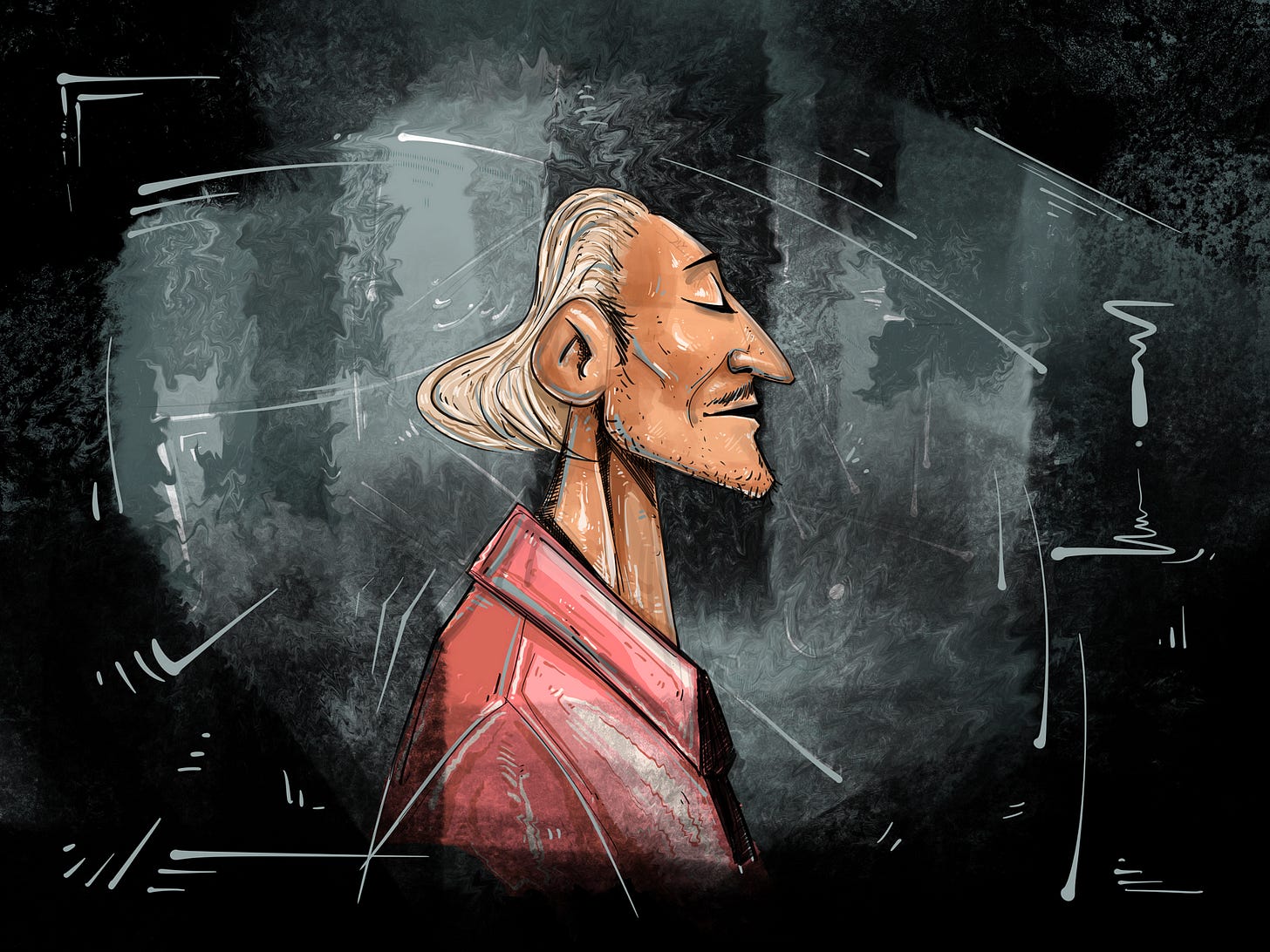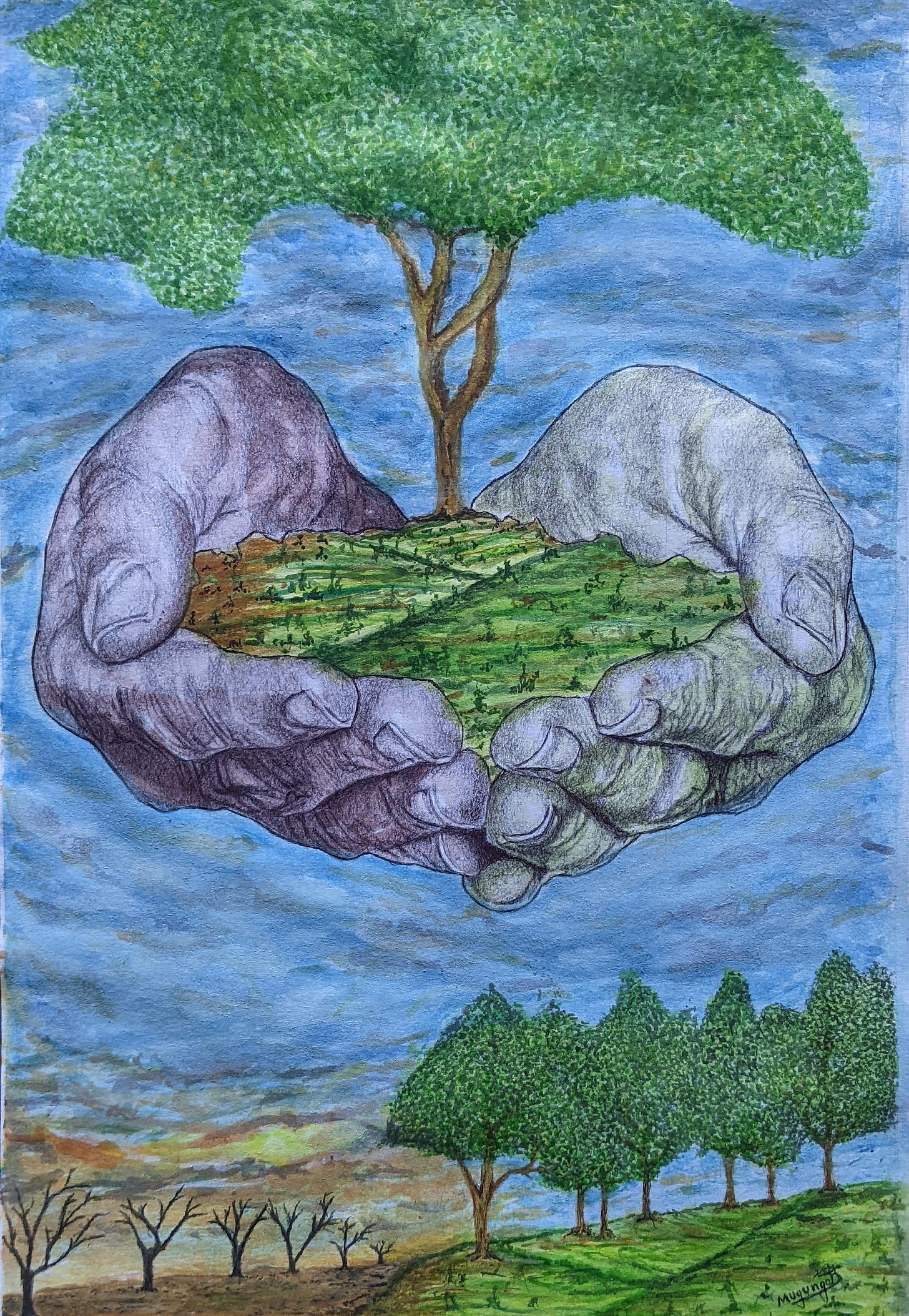The Last Thing is The New
How To Make The New Last
I recently amused myself with a story from Sunglasses and Eyewear Shop, saying: ‘I hate everything made after 1980.’
Yes, it got your attention because YOU were made after 1980 (unless you were not, in which case I am pleased to know that I also reach an older, wiser population).
‘Old things were built to last, they had character, they had charm. They had the quiet confidence of knowing they’d outlive your entire family. Modern things — they die if you look at them wrong. A toaster from 1960 could survive a house fire and earthquake, and possibly a nuclear attack. Your new toaster has Bluetooth and dies if the WiFi is weak. Old things smell like dust and stories; they carry secrets. You don’t own old things, you inherit them, like guilt.’

This sharp, nostalgic commentary on the state of modern objects holds more than just a tinge of humour. It resonates with anyone who’s ever questioned the fleeting nature of today’s innovations (yes, those milk frothers you plug in to charge, those egg cooking and popcorn machines). It’s that underlying theme that much of what we create and consume today, while extraordinary in its own right, doesn’t have the substance and longevity of the things made in times long past. How do we make the new last as creators, artists, and people living in this automation era?
The Tug-of-War
The constant cry of New! New! New! fills the air within the art world, where the hunger for the new is as fervent as it is insatiable. We hear it everywhere — on social media, galleries, and streets. New technologies, movements, and aesthetics are constantly in our faces, demanding attention. Yet beneath all this noise lies a very old, almost existential, question: What truly makes something last?
This is where the crux of the matter lies. Art, like any other human endeavour, is restless. It seeks to express the present moment, forever reaching for something fresh, something that feels urgent and vital. And that is essential for progress. However, the difference today is the speed at which things are forgotten. Another replaces every trend before it can even catch its breath. The cycles are shorter, the media more frenetic, and everyone is clamouring for that brief moment of recognition.
Be Ready, But Not Rushed
One of the most powerful ways to ensure that the new lasts is to be present in the world around you truly. This means being informed, not just by the headlines and the hype but by the subtle undercurrents that shape the culture.
Spending time in galleries, soaking in what’s fresh, and reflecting on what has been. The most groundbreaking art rarely emerges from a rush — it’s a product of reflection, of time spent absorbing, considering, and evolving.
So, rather than following trends, be patient. Visit galleries not because you’ve read a glowing review but because you’re genuinely curious about what might surprise you.
Be Broad-Minded, But Selective
In today’s interconnected world, everything is available and tempting. From styles and themes to techniques and tools, there’s no shortage of inspiration to pull from. But this is where the discipline comes in:
being discerning about what to embrace and what to leave behind.
It’s easy to get lost in the endless options, but true innovation comes from knowing what to take in and how to make it your own. In essence, be open-minded but selective. Explore everything, but don’t feel pressured to embrace everything. This balance allows you to carve out your identity while ensuring that your creation has depth and meaning.
Be Wary of Fads
While trends can provide a burst of creativity, they can also be fleeting, disappearing almost as quickly as they appear. Many artists and creators fall into the trap of chasing every passing trend, thinking that this will secure their relevance.
The truth is, trends are just that — temporary.
Instead of succumbing to their pull, examine them with a discerning eye. Some may be worth your time, while others may simply be distractions. The key is not to be swept away by the current but to stand firm in your own voice, experimenting only when it enhances your work rather than diminishes it.
Be Bold, But True
The most lasting creations come not from imitation but from authenticity. Innovation without integrity risks becoming hollow, a mere echo of something else. True originality comes from staying true to your own vision, even when faced with the pressure to conform to the latest trend.
Be bold in your ideas and approach, but remain anchored in the principles and passions that originally sparked your creative fire.
Authenticity is the foundation for creating something that will endure.
To create something lasting, we must be willing to slow down, observe, and remember that true value comes not just from innovation but from creating with purpose, integrity, and an understanding of what it means to be part of a larger legacy.
Consider how history has treated past insurgencies. Impressionism was once scandalous; today, it’s a cornerstone of mainstream appreciation.
Abstract expressionism burst forth as the ultimate renegade movement; now, it’s a staple in living rooms and boardrooms.
The lesson here is that what seems new and daring will often settle down into the familiar, and what seems settled and familiar was likely once new and daring. The cycle is inevitable, but awareness allows artists to position themselves where they feel most authentic.
Take a look at the cyclical return of figurative painting. Abstraction dominated the scene for years, and representational art was dismissed as passé. But now, with a fresh lens and new technologies, figurative work is enjoying robust revival and recognition. Artists who kept faith with realistic depictions are suddenly seen as trailblazers again.
Technology itself is another frontier pushing today’s boundaries. Digital art, once maligned as mere novelty or imitation, has matured into a respected genre influencing everything from traditional painting to performance art.

Virtual reality environments and AI-generated works challenge our definitions of creation and creator. But even within this space, the question remains: Is it truly innovative, or just another stage in the never-ending procession of trends?
Staying engaged without losing one’s essence is crucial in this whirlwind environment. The temptation to jump on every new sensation is enormous, but thoughtful engagement is more valuable. Being flexible and adaptive while anchoring oneself in personal vision ensures longevity beyond the fleeting attention of the latest craze.
Consider the renaissance of craft and hand-made aesthetics. As digital proliferation peaks, there’s a growing nostalgia for tangible, tactile experiences. Ceramicists, textile artists, and sculptors who once toiled on the fringes are now capturing mainstream interest. Handmade objects counterpoint mass-produced ephemera, suggesting that in an age of virtual everything, people still crave connection with authenticity and materiality.

Collaboration is yet another avenue with rich potential for those willing to navigate its complexities. Cross-disciplinary projects bring fresh perspectives and unexpected outcomes, blurring boundaries between fields and generating work that feels truly original. Whether it’s a painter teaming up with a coder or a traditional sculptor working with a choreographer, these partnerships can redefine what art means today.
Again, maintaining an individual identity is crucial in such alliances. While the allure of shared influence and exposure is great, artists must resist becoming mere passengers in collaborative endeavours. The most successful partnerships are those in which each voice retains its distinctiveness while contributing to a cohesive whole.
Ultimately, staying fresh in the art world isn’t just about chasing the next big thing; it’s about anticipating and navigating shifts with agility and authenticity. See how street art has transitioned from subversive acts to celebrated installations in top museums. Artists who once worked under cover of night now find their work commissioned and revered, all because they understood the ebb and flow of cultural acceptance.
Even as we embrace new technologies, materials, and methods, the heart of artistic creation remains unchanged: it’s driven by passion, curiosity, and the desire to communicate something essential about our time. The “new” will always be in flux, but those who approach it with open minds and steadfast visions will survive these upheavals and thrive within them.

If you enjoyed this post, you are interested in art and you are an avid reader, you might want to read an interview with an artist — Ilham Boundrez:
Unobvious Interpretation of Feelings Through Colours: A Conversation with ILHAM BOUDREZ
and
Rediscovering Roots Through Art: A Conversation with SANKARA MUTONI
Have a great week ahead!
Anna







